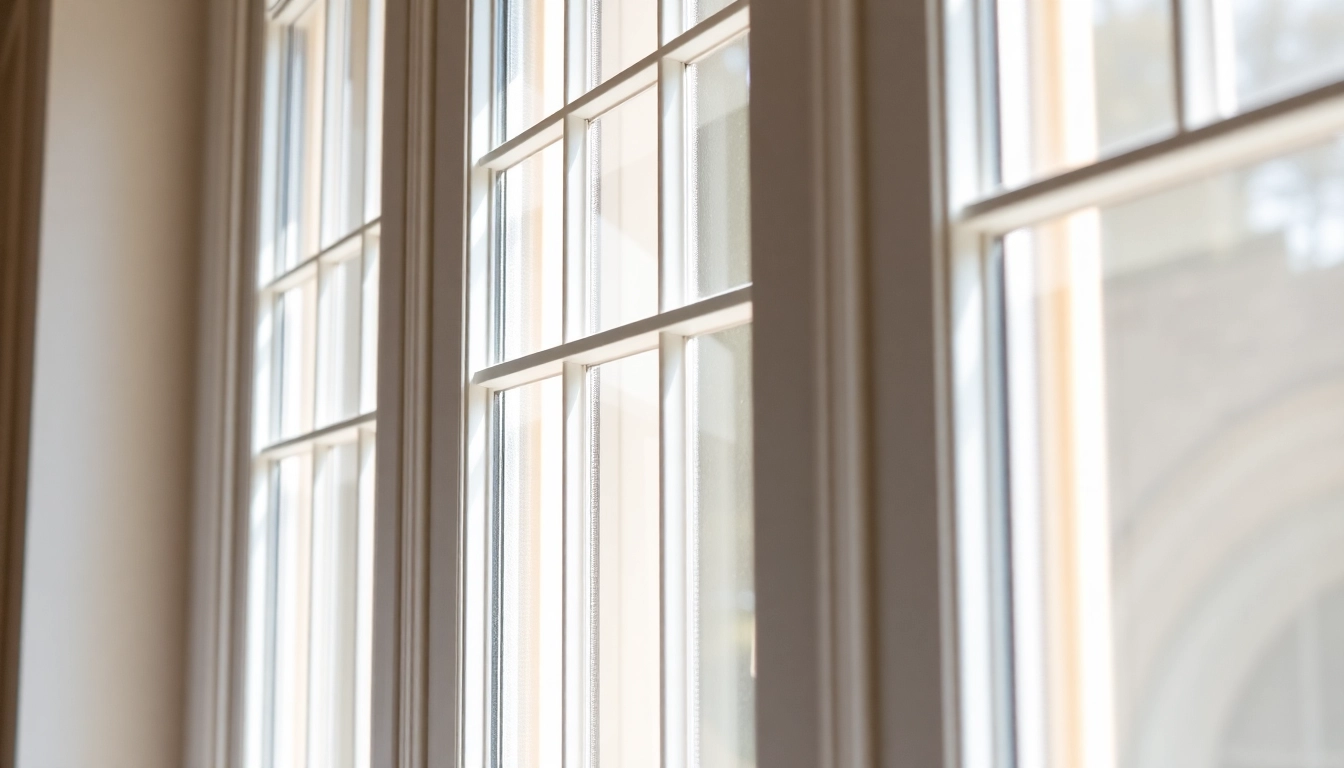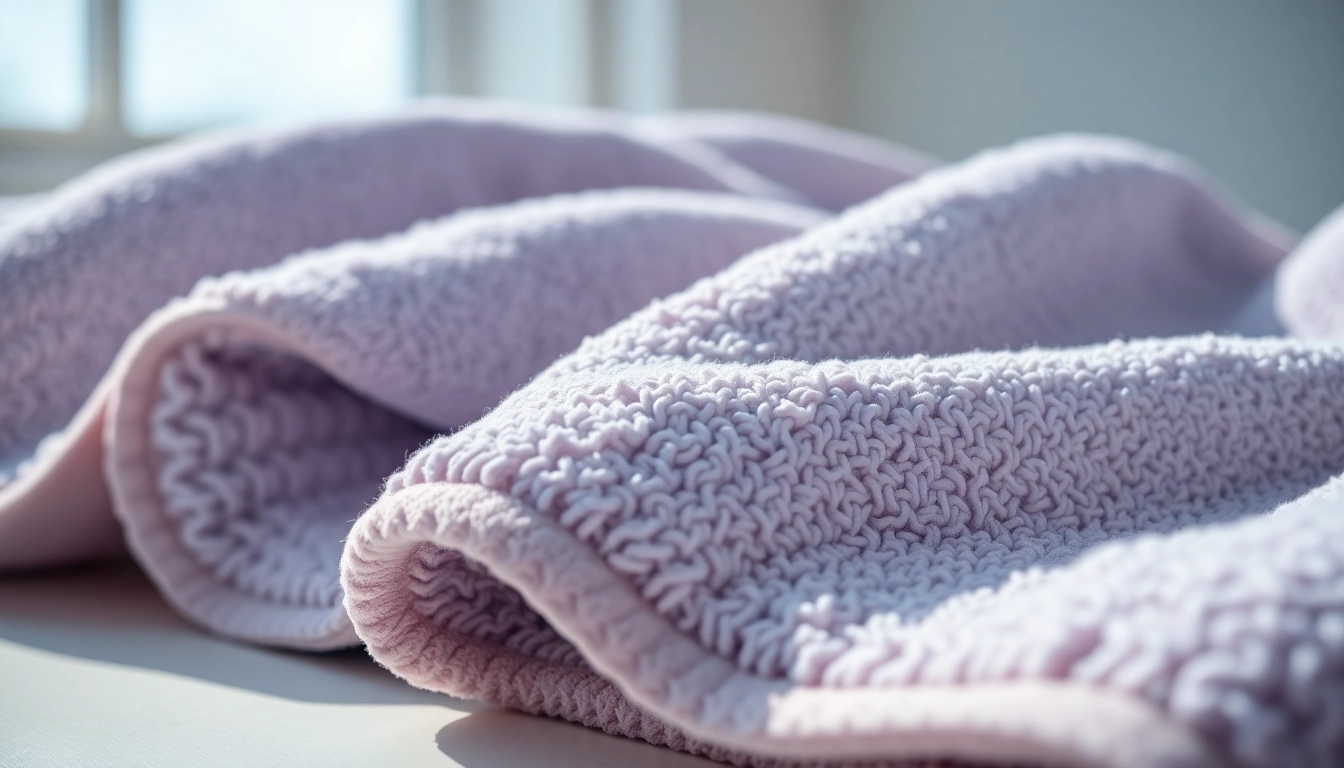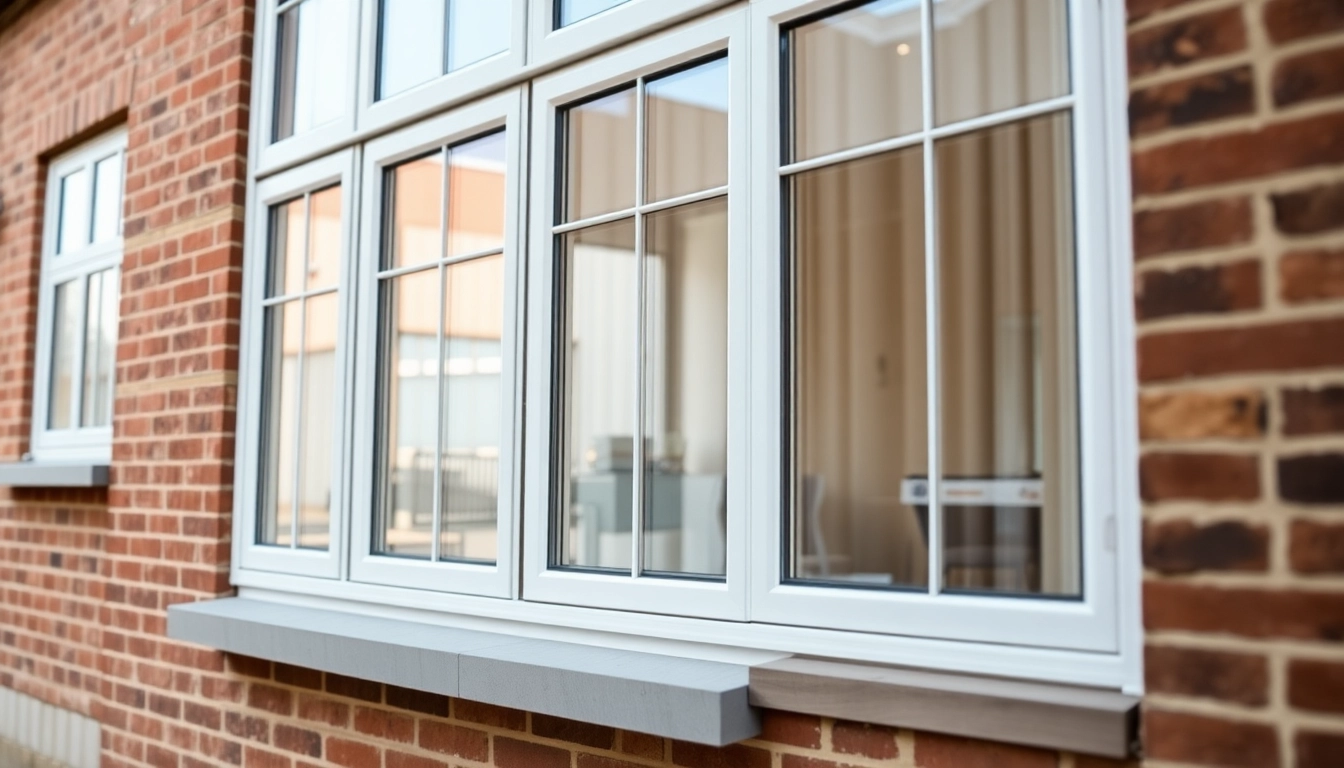Understanding the Benefits of New Sash Windows
Investing in new sash windows is a transformative decision that combines historical charm with contemporary functionality. These classic windows—characterized by their vertical sliding mechanism—are a hallmark of traditional architecture, particularly in British homes. When replaced or upgraded, they not only enhance the aesthetic appeal of a property but also provide tangible benefits such as improved energy efficiency, increased property value, and better security. Modern innovations have made it possible to enjoy the timeless beauty of sash windows while benefiting from advanced materials and glazing technologies. If you are considering a renovation or looking to replace aging windows, exploring the advantages of installing new sash windows is a prudent step. For seamless integration and expert guidance, visiting New sash windows can connect you with trusted local specialists dedicated to quality craftsmanship.
Traditional Charm Meets Modern Comfort
One of the most compelling reasons to choose new sash windows is their ability to blend traditional aesthetic with modern comfort. These windows evoke a sense of heritage, enhancing the character of period properties, conservation areas, or homes seeking a classic look. Advances in manufacturing now allow for the retention of authentic style—including features like sashes, mouldings, and glazing bars—while integrating double or triple glazing for optimal thermal performance. This means that homeowners can enjoy a picture of period elegance without sacrificing energy efficiency or comfort.
Modern sash window systems often include features such as tilt-in sashes for easy cleaning, multi-point locking systems for improved security, and high-performance seals that reduce drafts. These enhancements preserve the original charm while addressing contemporary demands for comfort and sustainability.
Energy Efficiency and Cost Savings
Energy efficiency is a pivotal consideration for homeowners seeking sustainable and cost-effective solutions. Traditional single-glazed sash windows are notorious for their heat loss, leading to higher energy bills and reduced interior comfort. Upgrading to new sash windows with double or triple glazing can significantly reduce heat transfer, resulting in lower heating costs and a more comfortable living environment. U-value calculations demonstrate that modern sash windows can achieve ratings as low as 1.2, aligning with current building standards.
Moreover, high-quality materials such as engineered timber or high-grade uPVC equipped with thermal breaks and advanced glazing units help trap heat inside during winter and keep interiors cool during summer. This balance of insulation and ventilation not only lowers utility bills but also contributes to a more environmentally friendly home. Studies have shown that replacing old sash windows with energy-efficient models can have an ROI of up to 70% over five years, making them a financially sensible investment.
Boosting Property Value and Aesthetics
Beyond functionality, new sash windows significantly contribute to the visual appeal and market value of a property. Well-designed, authentic-looking sash windows can enhance kerb appeal, especially in character-rich neighborhoods or heritage sites. These windows are often a key feature in property valuation reports, with upgraded sash windows adding aesthetic charm while meeting modern building regulations.
Investors and homeowners find that a property with beautifully maintained or newly installed sash windows attracts higher offers and quicker sales, thanks to their timeless appearance and functional benefits. Moreover, with options for bespoke finishes, colour choices, and decorative glazing, homeowners can tailor their windows to complement architectural styles—be it Victorian, Georgian, or modern adaptations.
Choosing the Right Timber or uPVC Sash Windows
Material Comparison: Timber vs uPVC
The selection of materials is fundamental to the performance, appearance, and budget of new sash windows. Timber has historically been the material of choice due to its natural beauty, durability, and traditional authenticity. Modern engineered timbers provide enhanced stability and sustainability, with options such as Accoya or iroko that are resistant to warping, rot, and insect damage.
uPVC, on the other hand, offers affordability, low maintenance, and excellent energy efficiency. Contemporary uPVC sash windows are manufactured with multi-chamber profiles, reinforcing internal structure, and high-quality seals, making them highly resistant to weathering. Both options are available with similar design features, including slim profiles and functional hardware, but differ significantly in cost, maintenance, and environmental impact.
For heritage properties or those prioritizing authentic aesthetics, timber remains the preferred choice. Conversely, uPVC may suit budget-conscious homeowners or those seeking minimal upkeep with long-term durability. Analyzing your preferences, property style, and sustainability goals will guide the best material choice.
Design Options and Customization
New sash windows come with a plethora of design options to match distinct architectural styles and personal preferences. Choices range from traditional features like bars and cills to contemporary designs with minimal mouldings. Customization extends to color, finish, glazing type, and hardware, ensuring that your windows are not only functional but also an extension of your home’s character.
For example, homeowners can select heritage-style cord pulleys, modern tilt-in sashes, or decorative glazing patterns. Many manufacturers offer online designing tools allowing you to visualize your choices, ensuring the final product aligns with your aesthetic vision. Additionally, bespoke sizing ensures perfect fit and performance, especially vital in period buildings where precise restoration is crucial.
Eco-Friendly and Sustainable Choices
Sustainability is increasingly influencing material selections for new sash windows. Timber sourced from FSC-certified forests or reclaimed wood minimizes environmental impact. Furthermore, engineered timbers used in modern sash windows are designed to reduce waste and provide longevity, reducing the frequency of replacement.
uPVC options are now manufactured with recycled plastics, making them more eco-friendly than ever before. Additionally, high-performance glazing adds to the overall environmental credentials by lowering energy consumption. When selecting sash windows, consider the entire lifecycle—from raw material extraction to end-of-life disposal—and choose suppliers committed to sustainable practices.
Installation Process for New Sash Windows
Preparing Your Home for Replacement
Proper preparation is key to a smooth installation process. Start by inspecting existing window units and removing any obstacles that may hinder access. Ensure the surrounding walls and window sills are in good condition or are adequately repaired beforehand. Gather all necessary documentation, especially if your property is listed or located in a conservation area—some installations may require planning permissions.
Consulting with professional installers will also help identify specific site requirements and potential structural considerations. Making arrangements for temporary habitation or alternative ventilation during installation minimizes disruption. Clear communication with your chosen supplier ensures that expectations are aligned and that logistical details are addressed well in advance.
Step-by-Step Installation Overview
The process typically involves several stages:
- Removal of Old Windows: Carefully extracting existing sash units, often involving disassembly of historic fixtures and hardware.
- Preparation of the Opening: Cleaning, repairing, or replacing framing components to ensure a secure fit for the new sash windows.
- Fitting the New Sash Windows: Precision installation, ensuring each sash aligns perfectly and seals are tight for optimal insulation.
- Securing and Finishing: Fixing the frame, installing hardware, and applying any decorative finishes or paintwork for a seamless appearance.
- Final Inspection and Testing: Confirming correct operation, security, and weatherproofing, addressing any minor adjustments needed.
Professional installers utilize specialized tools and techniques to minimize damage and ensure long-lasting performance of your sash windows.
Ensuring Proper Fit and Finish
Achieving a perfect fit is crucial for both aesthetics and functionality. High-precision measurements coupled with experienced craftsmanship ensure that sashes slide smoothly, lock securely, and seal tightly against drafts. High-quality hardware, such as sash locks, hinges, and restrictors, should be seamlessly integrated.
Painting, staining, or finishing the sash windows in situ prolongs their lifespan and enhances visual appeal. For timber windows, using breathable paints or stains prevents moisture buildup. uPVC windows often come with factory-applied finishes that require minimal maintenance, but care must be taken during installation to prevent scratches or damage.
Cost Considerations and Budget Planning
Pricing Factors Influencing Costs
The cost of new sash windows varies based on multiple factors, including material choice, size, design complexity, glazing type, and finish. Custom features, such as historically accurate mouldings or decorative glazing, can increase costs. Additionally, installation difficulty, location, and access can influence labor charges.
Quality of hardware and the level of customization also impact the overall price. For instance, bespoke sizing and decorative features demand more time and skill, leading to higher costs. Budgeting for these variables upfront ensures that project scope aligns with financial expectations.
Average Price Range for Double Glazed Sash Windows
Based on current market data, the typical price for a double-glazed uPVC sash window ranges from approximately £780 to £885 per window including fitting. Timber sash windows tend to be more expensive, often ranging between £2,370 and £2,725 per double-glazed unit, reflecting material costs and craftsmanship.
These figures serve as general estimates; specific quotes depend on detailed specifications and regional variations. For precise budgeting, consult multiple suppliers and consider detailed quotes that itemize materials, hardware, and installation fees.
Financing Options and Value for Money
Many providers offer flexible financing plans, including interest-free installments or low-deposit schemes, making high-quality sash windows more accessible. Additionally, considering the long-term savings in energy bills and increased property value, this investment offers excellent ROI.
Always prioritize quality and durability to minimize future repair costs. Carefully weigh initial expenditure against expected benefits, and seek warranties and after-sales support to safeguard your investment.
Maintenance, Upgrades, and Legal Considerations
Long-Term Maintenance Tips
Sash windows, especially timber ones, require routine maintenance to preserve their appearance and functionality. Regularly inspect for signs of rot, paint degradation, or hardware wear. Repainting or resealing timber frames every few years protects against moisture ingress.
Cleaning the hardware and lubricating moving parts ensures smooth operation. For uPVC sash windows, periodic cleaning with mild soap and water suffices, with no need for repainting or extensive maintenance.
Upgrading Existing Sash Windows
Upgrading can be a cost-effective alternative to full replacement. Options include secondary glazing, sash cord replacement, or refurbishing hardware. These measures can improve thermal efficiency, reduce noise, and extend the lifespan of existing units without compromising the original aesthetics.
Consulting with specialists guides you in selecting the most appropriate upgrade, ensuring compliance with building regulations and preservation requirements.
Planning Permission and Conservation Area Guidelines
In most cases, replacing sash windows with like-for-like materials and designs does not require planning permission—particularly in private residential properties. However, properties located within conservation areas or listed buildings may have restrictions aimed at preserving historical integrity.
Prior approval from local authorities is advisable, and professional advice can help ensure your installation adheres to the relevant conservation regulations. This proactive approach prevents future legal complications and maintains the aesthetic harmony of your locality.



